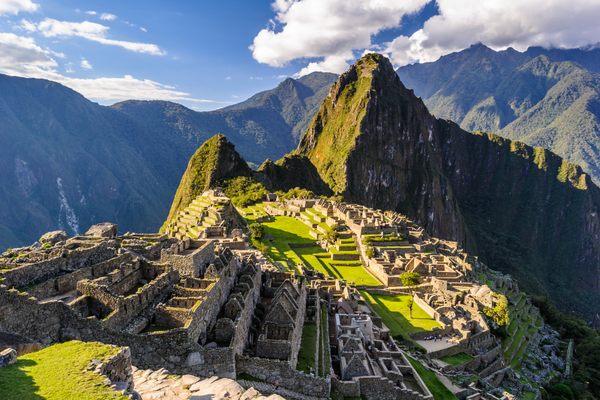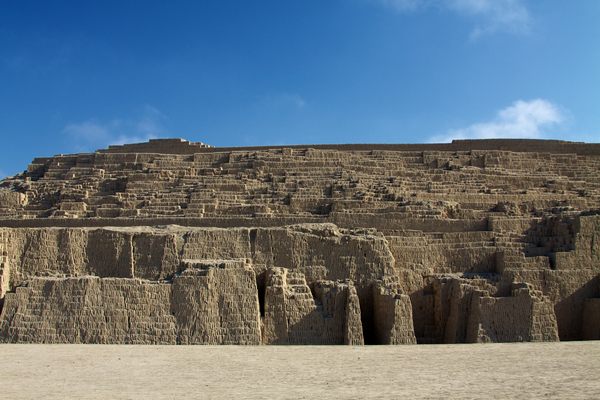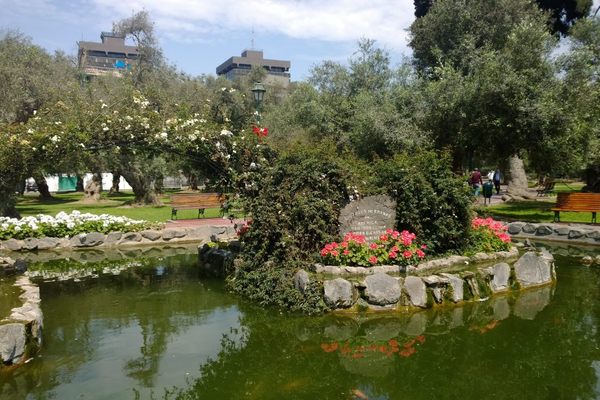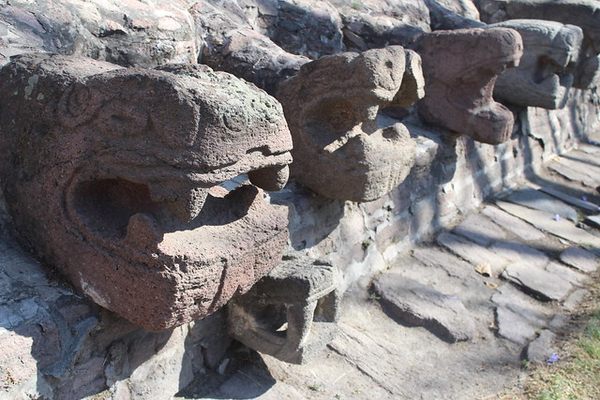Pachacamac
The remains of what was the most important religious complex in coastal Peru for over a millennium.
As far as pre-Hispanic Peruvian gods go, Pachacamac was a pretty heavy hitter.
The maker of the Earth; the soul that animated the world; god not only of creation but also fire and earthquakes, with a visage too terrible for mere humans to gaze upon: Pachacamac was, without a doubt, a big deal. So it’s hardly surprising that a settlment named after the god, and centered around a shrine dedicated to him, would end up being a big deal as well.
Pachacamac started out as a settlement by the Lima culture around 200 CE and included not only the “Earth-Maker’s” temple but also the god’s oracle, who was believed to be able to predict the future and control the movement of the Earth, and whom pilgrims consulted for help, advice, and prophecy. Though originally a religious center with only local significance, its influence spread after coming under the control of the larger Wari culture in roughly 650, and later the Yschma culture in 1100 following the collapse of the Wari.
Both the Wari and the Yschma expanded Pachacamac with religious as well as secular building projects and used it as an administrative center in the region, but otherwise seem to have allowed the complex to operate largely autonomously. The importance of Pachacamac was such that even the conquering Inca had to respect it when they took control in 1470. In an unprecedented move, the Inca admitted the god Pachacamac to a top spot in their pantheon and allowed the religious activity in the city to carry on independent of the Inca state religion (though they did make their own addition to the city in the form of a temple to their sun god, Inti). Such was the significance of this centuries-old religious center.
Then, in 1533, 15 Spanish idiots looted the place. The pyramids and temples were torn down, and the bricks and stone were used to build colonial stuff.
Rediscovery and excavation of Pachacamac began in 1939 and continues to this day. Contemporary visitors can see the remains of some 20 different sites including several temples, mausolea, and other ritual sites, all over an area of almost 1,500 acres.
Know Before You Go
Depending on the time of the year, it can get very hot at Pachacamac—the same goes for the desert coastal regions of Peru. Because you're close to the equator where the sun's effects are the most intense in the world, the chances of getting a severe burn are high! There is very little shade at the site so bring a heavy sunscreen with you, at least a 50 SPF.
The Atlas Obscura Podcast is Back!






















Follow us on Twitter to get the latest on the world's hidden wonders.
Like us on Facebook to get the latest on the world's hidden wonders.
Follow us on Twitter Like us on Facebook